
The Big Routes Suilven
The iconic peak of Scotland's far north, Suilven offers a thrilling ridge traverse in inspiringly wild surroundings. It's a route of fairly high mileage, says Dan Bailey, and some of the best fun to be had on any hill; but for maximum impact, b...



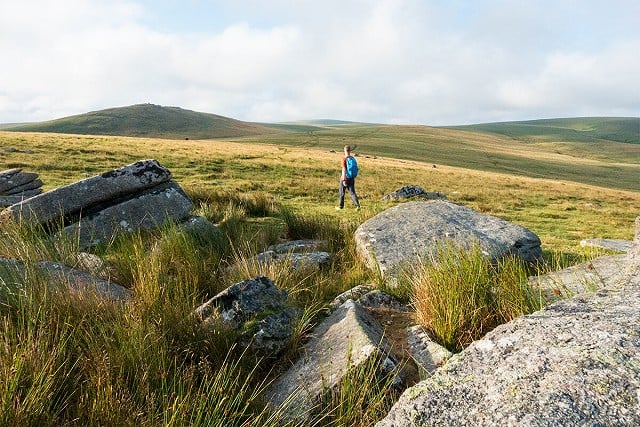
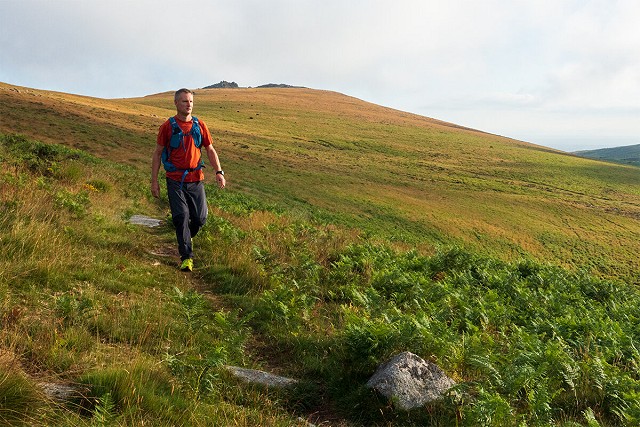
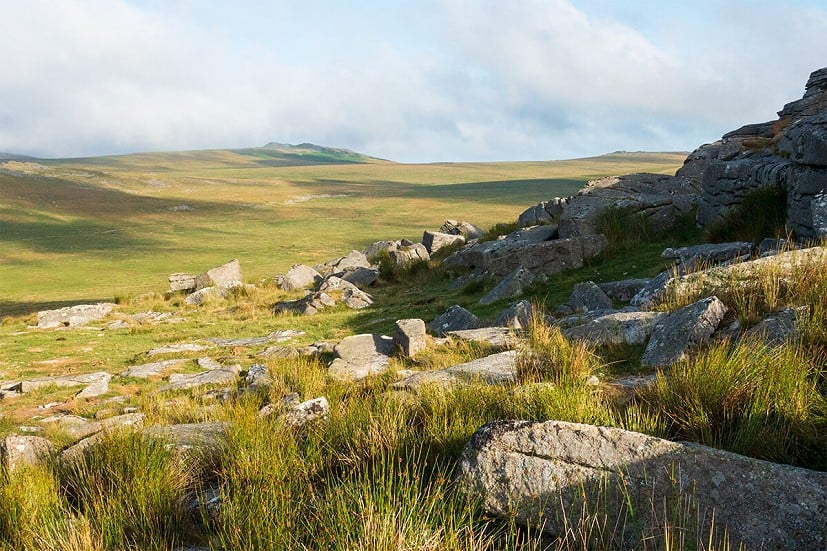
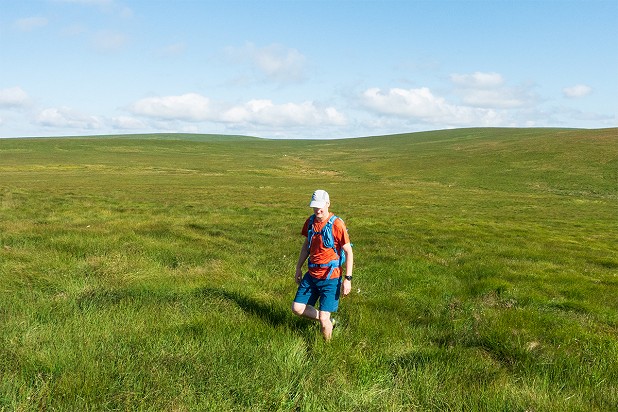
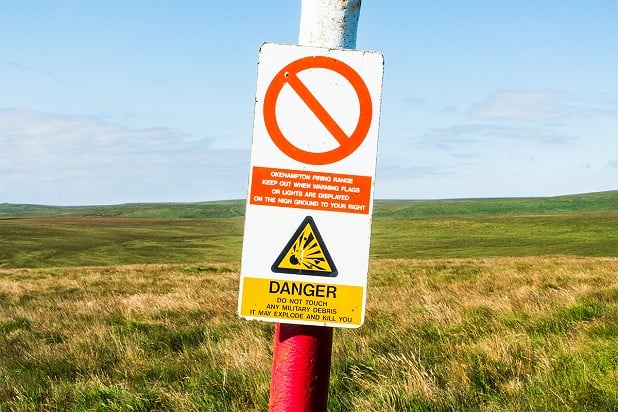

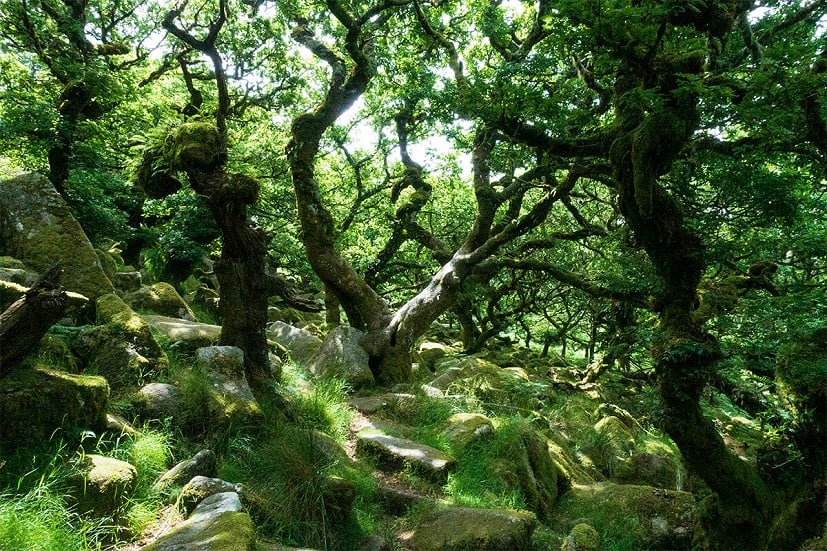
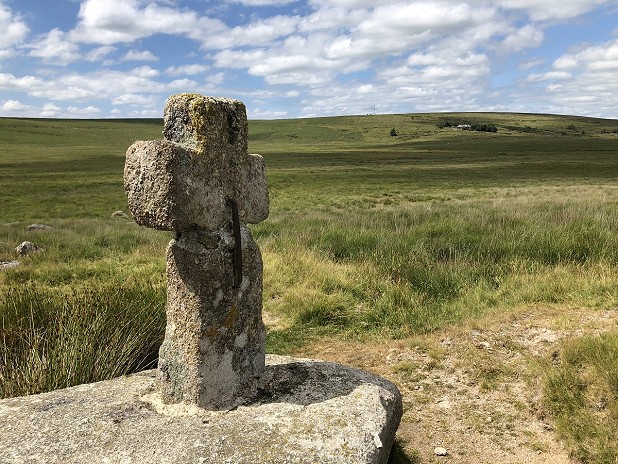

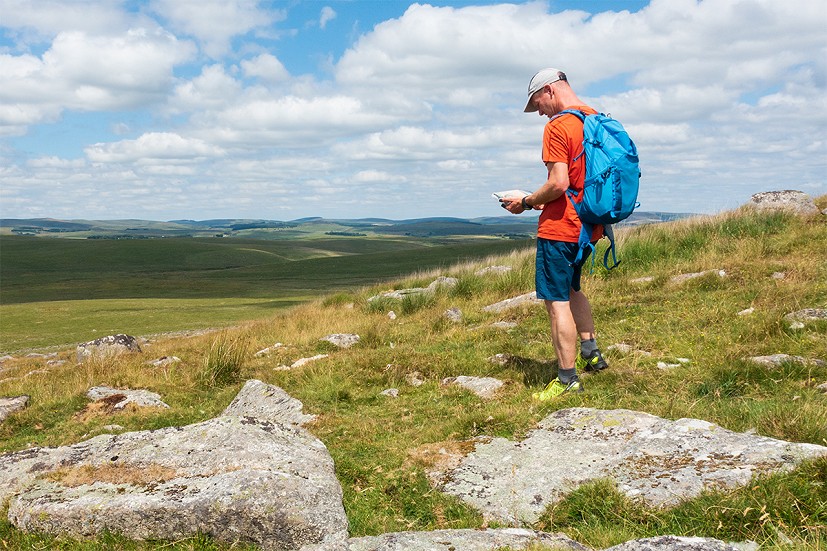
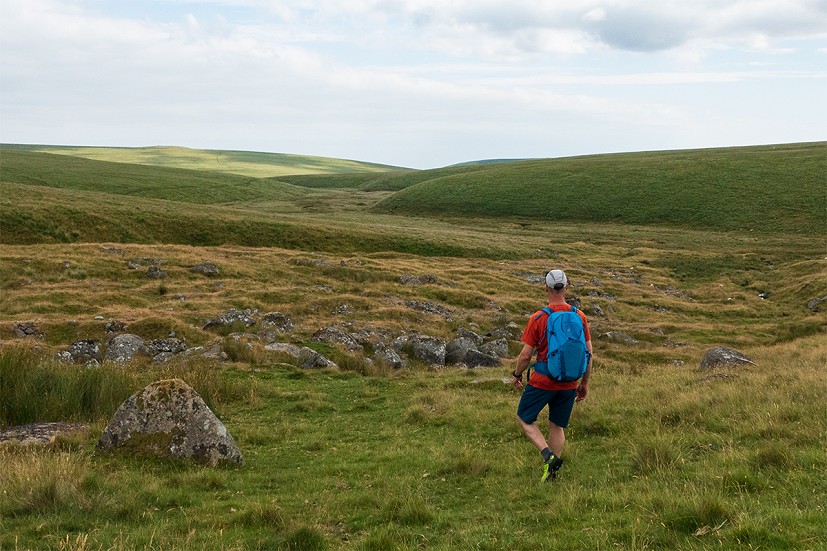
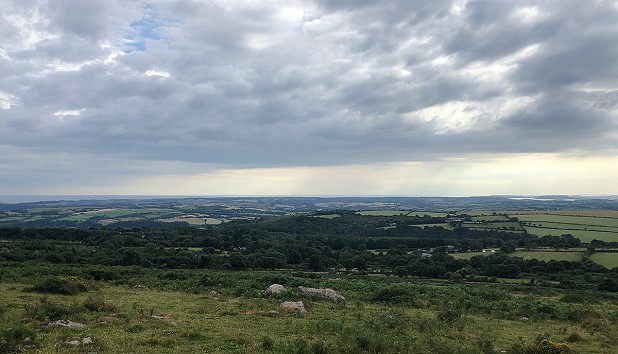













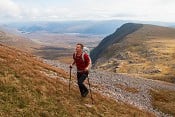
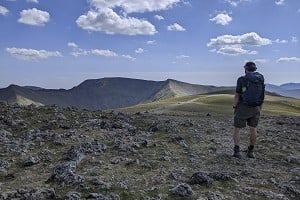
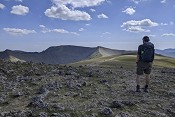
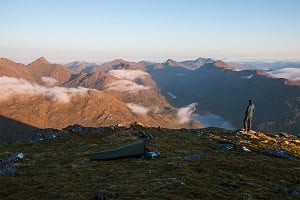

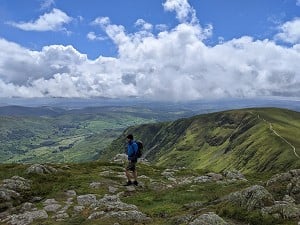
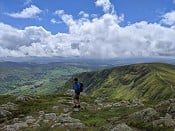
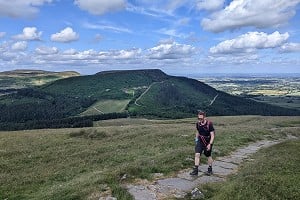
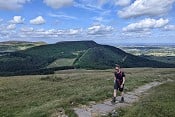

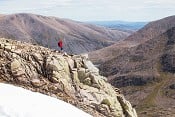
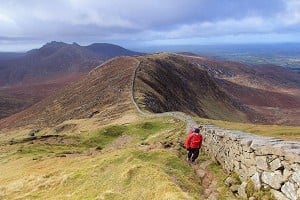
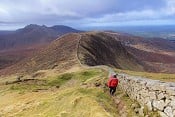
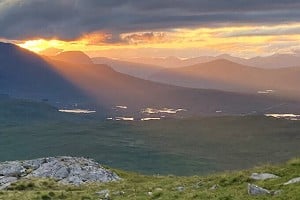
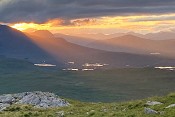
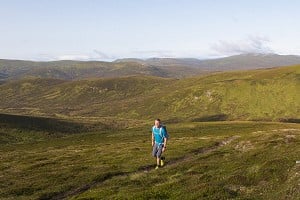
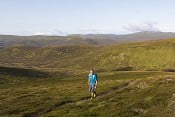
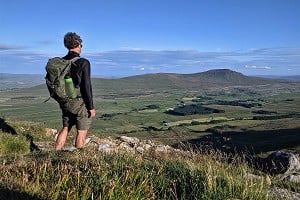
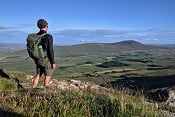
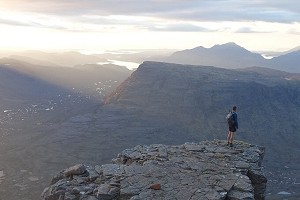
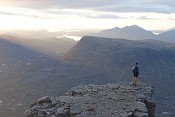
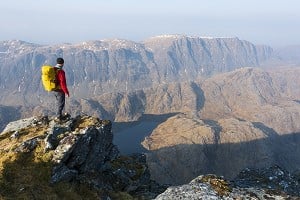



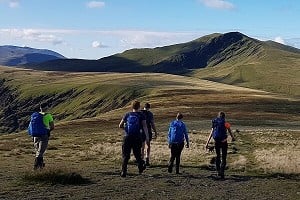
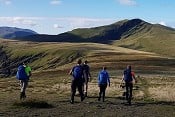
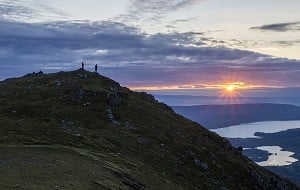

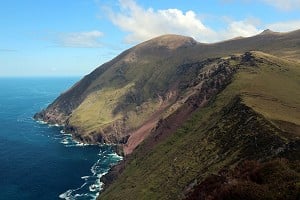

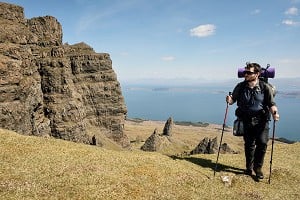
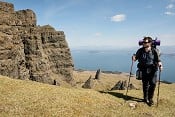
Comments
I enjoyed that read Dan covering much familiar ground. I've traversed Foxtor Mire in both drought and in winter when it really is a challenge. But the tussocks can really be a pain to cross, let alone treating a twisted ankle or worse. Starting from just behind Belstone and passing by Irishman's Wall is a good alternative entry point for this crossing of Dartmoor, and good paths up to Hangingstone Hill. The other problem with the winter traverse is avoiding some of the river crossings, which can be very serious indeed. If at all in doubt, try elsewhere but it might entail and sizable detour. Thanks for posting.
Thanks Sean!
As a highland resident I'm always pleasantly surprised by how empty the middle of Dartmoor feels, and also how great the traverse right across it is: a really unique route.
I spent a lot of my youth on the moors training for Ten Tor’s and just getting out exploring for myself.
Walking from North to South is a lovey way to see the Moors too. Nice article Dan! Next you’ll have to do it in winter to see just how much water Dartmoor can hold!
Unfortunately we rarely seem to visit family in winter. I'm almost sorry not to see it at its best/worst, but to be honest it's soggy enough in a summer heatwave